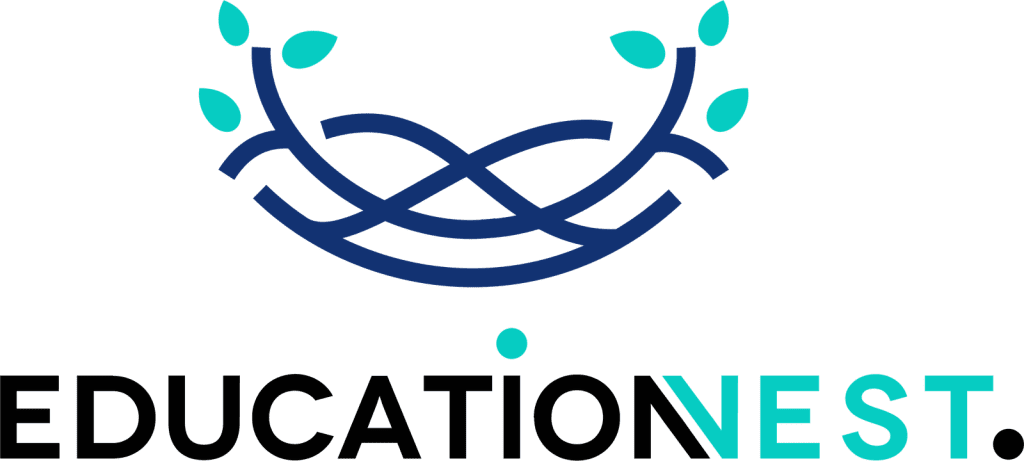In today’s fast-paced work environment, the importance of leadership development for entry-level employees cannot be overstated. Many organizations recognize that investing in their workforce is crucial for long-term success.
By focusing on leadership development, companies not only enhance the skills of their employees but also create a more engaged and productive workforce.
This blog will discuss the various benefits of leadership development for entry-level employees, addressing common pain points and providing actionable solutions.
Understanding Leadership Development
What Is Leadership Development?
Leadership development encompasses various programs and training initiatives designed to equip employees with essential skills and knowledge to assume leadership roles within an organization. These programs often include workshops, mentoring, coaching, and experiential learning opportunities that help individuals build their leadership capabilities.
Why Focus on Entry-Level Employees?
Entry-level employees are typically at the beginning of their careers, eager to learn and grow. By investing in their development early on, organizations can cultivate a skilled workforce that is prepared for future challenges. Moreover, providing leadership training at this stage helps retain top talent and reduces turnover rates.
Key Benefits of Leadership Development for Entry-Level Employees
- Building Confidence
One of the most significant advantages of leadership development is the boost in confidence it provides to entry-level employees. Many individuals in these roles may feel uncertain about their abilities or hesitant to take on leadership responsibilities. Structured programs offer a safe environment for them to practice essential skills, such as decision-making and team management, which can significantly enhance their self-assurance.
By participating in simulations and role-playing exercises, employees can gain practical experience that prepares them for real-world challenges. This newfound confidence not only benefits their professional growth but also positively impacts team dynamics and overall workplace morale.
- Enhancing Job Satisfaction
When employees feel that their organization is invested in their personal growth, job satisfaction tends to increase. Leadership development programs signal to entry-level employees that they are valued members of the team with potential for advancement. This sense of belonging can lead to higher levels of engagement and motivation.
According to Gallup research, organizations with engaged employees experience 59% lower turnover rates. By prioritizing employee development, companies can create a work environment where individuals are excited to contribute and grow within the organization.
- Creating Future Leaders
Every organization needs a pipeline of capable leaders to ensure its long-term success. By nurturing entry-level employees through leadership development programs, companies can identify individuals with high potential early on. These programs help participants develop critical skills such as communication, teamwork, and problem-solving—essential traits for effective leadership.
Moreover, when entry-level employees see a clear path for advancement within the organization, they are more likely to remain committed to their roles and contribute positively to the company’s culture.

Read More
The Role of Machine Learning in Predictive Analytics
Stress Management for Remote Workers: Tips for Balancing Work and Home Life
- Improving Performance
Leadership development not only benefits individual employees but also has a positive impact on overall organizational performance. Employees equipped with leadership skills tend to take greater ownership of their work and become more proactive problem solvers. This shift in mindset can lead to increased productivity and innovation within teams.
A LinkedIn study found that companies prioritizing employee development experience a 34% increase in performance among their workforce. By investing in leadership training for entry-level employees, organizations can create a more capable and agile workforce ready to tackle challenges head-on.
- Strengthening Team Dynamics
Effective communication is a cornerstone of successful teamwork. Leadership development programs encourage open dialogue among team members, fostering an environment where ideas can be shared freely. When entry-level employees feel comfortable expressing their thoughts and opinions, collaboration improves significantly.
This collaborative atmosphere not only enhances creativity but also leads to better decision-making processes within teams. As employees learn to respect diverse perspectives and work together towards common goals, overall team effectiveness increases.
Addressing Common Pain Points
Overcoming Resistance to Change
One challenge organizations may face when implementing leadership development programs is resistance from employees who may be skeptical about the value of such initiatives. To address this concern, it is essential to communicate the benefits clearly and involve employees in the planning process.
Solution: Conduct surveys or focus groups to gather input from entry-level employees about their learning preferences and areas they wish to develop further. This approach ensures that programs are tailored to meet their needs while also fostering a sense of ownership over their professional growth.
Ensuring Accessibility
Another potential barrier is ensuring that all entry-level employees have access to leadership development opportunities. Organizations must strive to create inclusive programs that accommodate diverse learning styles and schedules.
Solution: Offer various formats for training sessions—such as online courses, workshops during lunch breaks, or after-hours sessions—to cater to different preferences. Additionally, providing mentorship opportunities can help bridge gaps for those who may need extra support or guidance.
Conclusion
Investing in leadership development for entry-level employees is not just a trend; it is a strategic move that yields numerous benefits for both individuals and organizations alike. By building confidence, enhancing job satisfaction, creating future leaders, improving performance, and strengthening team dynamics, companies can cultivate a skilled workforce ready to tackle the challenges of tomorrow.
As organizations prioritize employee growth through tailored development programs, they pave the way for sustainable success while fostering a positive workplace culture that values learning and collaboration. By addressing common pain points and ensuring accessibility, businesses can unlock the full potential of their entry-level talent—ultimately leading to a more engaged and productive workforce ready for future challenges.
